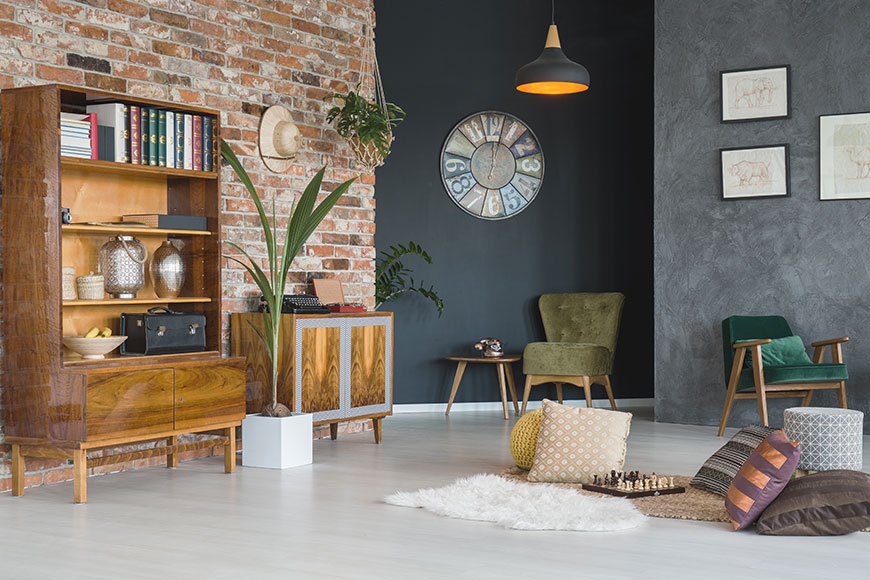The eco-friendly furniture market has grown in size rapidly in the last decade, with more consumers being aware about making diligent choices about the products they buy and its impact on the natural world. But, how far, can we trust every claim that’s being made for eco-friendly furnishings? The deceptive drive of environmental friendliness is largely known as “greenwashing” and it is not always intentional. It is important to have detailed information about environmentally friendly furniture; below is the complete buyer’s list:
Exploring environmental-friendly
To decrease the environmental impact, manufacturers are gradually turning to eco-friendly supplies when designing and building sustainable furniture. Some of them include:
- Supplies: Renewably sourced Woods and Other Materials.
- The practice of using fewer chemicals that have the potential to pollute the environment.
- Manufacturing and sourcing supplies and products locally to decrease transportation costs.
Can sustainable furniture really make a difference?
There has been a leap in the number of sustainable interior design brands supplying to the high-end market. Also, the demand for eco-friendly designs which are aesthetically beautiful are on the rise. Sustainable furniture is fashioned in accordance with the modern concept of luxury, which sets a premium on quality rather than quantity, a circular economy over a disposable one, and ethical working conditions over profit maximization. These companies are committed to performing sustainably and socially throughout their entire supply chains.
Back to nature
Sustainable furniture can be made from diverse materials like wood, stone, or cork, especially fabrics and other natural materials lead the choices by design firms. Manufacturing them from organic materials has lesser negative impact on the environment, and it’s even better once the sustainable furniture is inside your own home. These have a higher potential for long-term value creation and improved health outcomes. Sustainable furniture can be built on a variety of materials, including recycled ones that aren’t 100% natural but still have productive potential.
It’s all about recycling
Before planning a furniture purchase, it would be good idea to pay attention to check if it is made of recyclable materials or can be easily disassembled. Several manufacturers state that their products are made from 100% recyclable material. However, it is not out of the ordinary for the furniture pieces to be constructed of more than one material, with the materials being permanently bonded or glued together. If this were true, the term “sustainable furniture” would have no meaning.
Sustainable practices in transport and storage
Packaging used for shipping goods often exceeds reasonable limits in terms of volume or size, wherein Styrofoam and some plastics aren’t recyclable, but many other types are. Selecting furniture that has been packaged sensibly, preferably in cardboard or other recyclable plastic is a sustainable practice. Customers expect their orders to arrive undamaged, which can be challenging given the often-large dimensions of many products.
Why plastic furnishings are considered most eco-friendly?
A multitude of common plastic items can be replaced for alternatives that are more resource-efficient and generate much less trash. In terms of environmentally friendly home decor, this holds true as well. Sustainable furniture can be accessorized with pieces made from glass, metal, wood, fabric, or porcelain.

